
Virtual Reality (VR) is becoming more and more important in our lives, in our daily lives, but it is essential to know what it is and how this technology was born.
Many people still confuse :
- Virtual Reality
- Augmented Reality
- Mixed Reality
But let's focus on Virtual Reality for now.
According to Jean Segura, French Journalist and Historian of Virtual Reality, here is his definition:
"Virtual Reality (VR) is the set of techniques and systems that provide Man with the feeling of entering synthetic universes created on Computer.
With the possibility of performing in real time a certain number of actions defined by one or more computer programs.
With the help of techniques that offer the possibility of physically experiencing a certain number of sensations:
- Visual
- Auditory
- Haptic (explores and exploits the sense of touch)
And to be able to operate in these worlds by 'natural' means of action through body movements (displacements and gestures) or by voice."
I think this definition sums up what this technology is all about.
The purpose of Virtual Reality is to trick someone's brain into believing that something is real even though it isn't.
Let's go back in time to see how this technology was born.
I'm sorry to say (message for people 30 years old and younger), there was a world long before the internet! And that world is just as fascinating as the one we've been living in for the last 30 years, and that we are living in now.
Although the term "Virtual Reality" appeared only recently, in 1989. Plato had written in his books 'The Republic' (between 385 and 370 of our era) something that is strangely similar to VR:
People are chained at the bottom of a cave, facing the bottom of it. All they see are the projected shadows of what is happening outside. They are made to believe what they see. But what they see on this wall is not necessarily real.
1300 years later, René Descarte wrote the "Discours de la Méthode", in 1637, where he put forward the hypothesis that the testimonies of the senses could be only a series of illusion and :
That we must beware of what we accept as reality.
Panoramic paintings also played an important role, they allowed people to be in the middle of historical scenes painted on circular paintings of about 100m long and almost 10m high. In 1787, Robert Barker patented his invention of circular painting, the first Panoramic Paintings were 7 meters high and covered circular walls from 17 to 50 meters in diameter.
150 years later, Antonin Artaud published in 1938 a collection of conferences, articles and letters in his book "Le Théâtre et son double" in which he shows us that the Theater is also like a second reality (what we can understand by virtual reality).
In 1838, Charles Wheatstone demonstrated that "the brain processes the different two-dimensional images of each eye into one three-dimensional image". The visualization of two stereoscopic images or photos side by side through a stereoscope allows the user a sensation of depth and immersion.
Let's go back to the present time, well, 60 years back! With Morton Heilig considered as one of the pioneers of VR! In the same way as Jaron Lanier.
He is the inventor of the Multi-Sensory Media concept (1956) and presented a functional prototype (in 1962) of the 'Sensorama Machine', a fully mechanical cabin where a spectator could see a 2-minute 3D film (from a selection of 5 films) in sound and color, enhanced with other sensations such as :
- vibrations, with his chair simulating movements
- wind, with the help of a wind tunnel to recreate the effects of the wind
- smells, a perfume diffuser with a range of 10 different aromas.
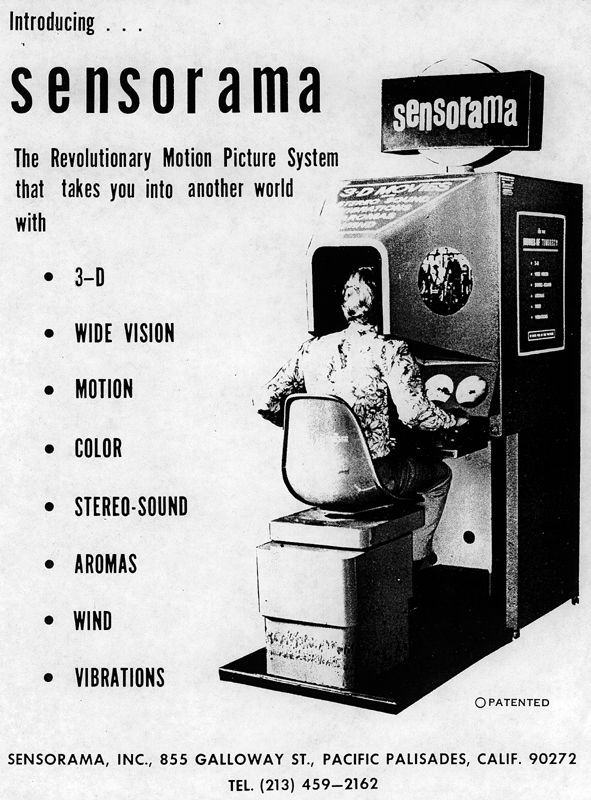
1960, 2 Engineers of the American company Philco invented the very first stereoscopic headset, HMD, the 'Headsight', designed for video surveillance, the operator could rotate cameras in an adjacent room with the movements of his head, and see the images in real time in his headset. The Headsight is not really a VR helmet, because the images seen were real.
In 1965 Ivan Sutherland developed the first interactive Mead-Mounted Display (HMD), which was mainly used for pilot training. They were called 'Incredible Helmet' or 'Sword of Damocles', unveiled in 1968, this name is given because it was fixed to the ceiling, because of its weight, it was too heavy to carry on the shoulders. The first flight simulators appeared in 1966. And aircraft cockpits using virtual environments in 1977.

In 1967, Frederick Brooks and Henry Fuchs began the first research work on the 'Haptic Display' concept, a robotic arm with force return. This will lead to the development of new VR equipment and techniques over the next 20 years.
In the 1970s, Myron Krueger invented the 'Artificial Reality' process, a direct, wireless and real-time interaction mode between a human and images on a screen.
In 1982 Thomas Furness presented the first operational prototype of a VCASS (Visually Coupled Airborne System Simulator) helmet, based on a man-machine interface using cathode ray tube screens (The Super Cockpit). This helmet was called 'Darth Vader'. This device was intended to simplify the piloting of combat aircraft, by providing pilots with crucial and simplified information, the helmet followed the movements of the head and also worked thanks to voice commands.
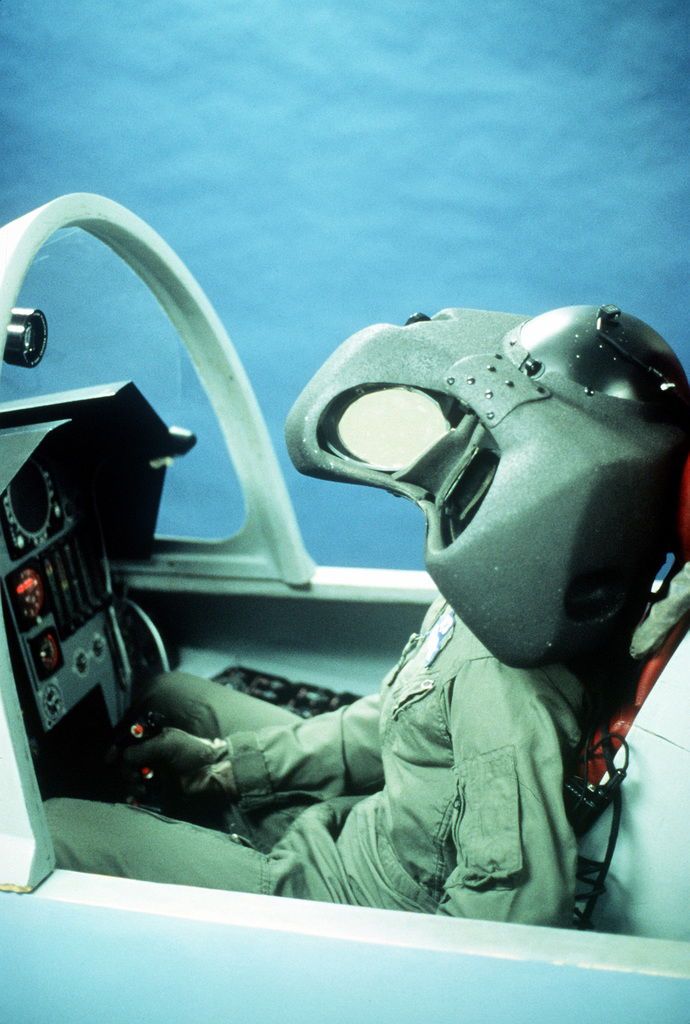
Between 1982 and 1986 Jaron Lanier and Thomas Zimmerman created the articulated 'DataGlove', equipped with plastic tubes that let more or less light pass through depending on the angle of flexion of the fingers, later replaced by fiber optics, allowing 256 positions to be recognized for each finger. Followed by the development of the DataSuit.
At the time VPL (Laboratory created by J. Lanier) was the first company to sell virtual reality glasses:
- EyePhone 19400$
- EyePhone HRX 49000$.
As well as the DataGloves at $9000
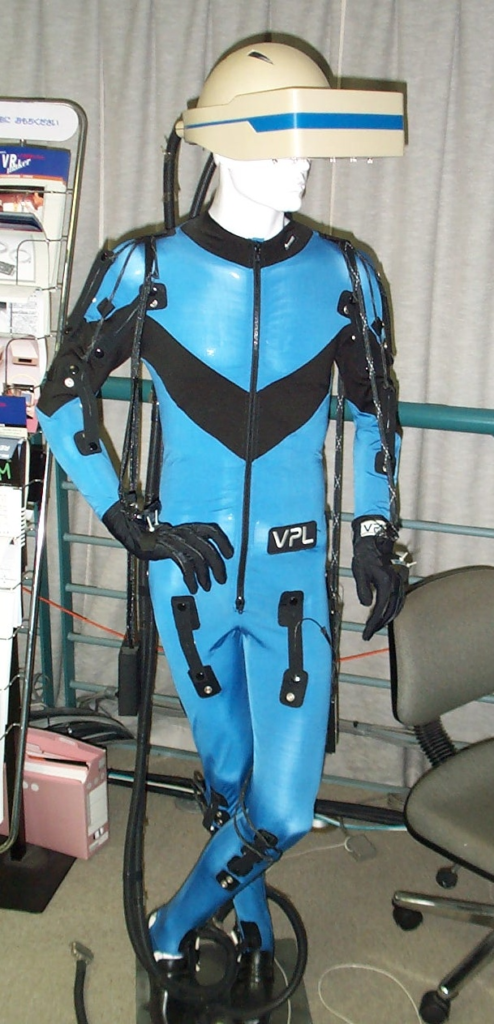
2 years later, they are working on the idea of associating their DataGlove with the Stereoscopic Visualization Headset (HMD) also called Virtual Visual Environment Display (VIVED) of Michael McGreevy and James Humphries.
Mr. McGreevy also directed NASA's Virtual Workstation program from 1984. In 1985 NASA unveiled VIEW (Virtual Interface Environment Workstation), a Stereoscopic Virtual Reality Headset, combined with a speech recognition system and supplemented with DataGloves.
At the Siggraph in Boston in August 1989, Jaron Lanier introduced the term 'Virtual Reality' for the first time.
The following years were used to develop all these technologies, as well as the design and development of various 3D worlds.
In the 90's Jonathan Waldern(who founded the company W Industries - now Virtuality) started to manufacture VR stations that will then be used in the video game industry.
The first major turning point came in 2012 when Palmer Luckey, barely 20 years old, launched a crowdfunding campaign on the Kickstarter site to raise funds to develop his Oculus VR project. In 24 hours, the $250,000 requested was raised, and by the time the crowdfunding campaign closed, the project had raised nearly $2,500,000 thanks to 9,522 contributors.
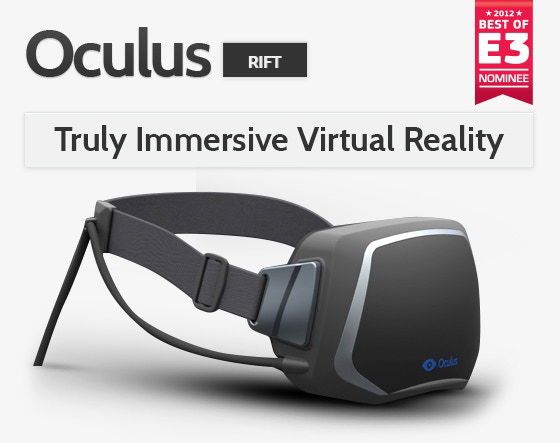
In 2013, following the enthusiasm of the Oculus VR, engineers from Virtuix Omni announced that this VR Headset solves some of the challenges posed by Virtual Reality, the user can move in an artificial universe, but can not move naturally. The same year, they launched a crowdfunding campaign on KickStarter for their Omnidirectional Treadmill project, allowing the user to walk freely and naturally in his virtual universe, without hurting himself or hitting furniture or walls. The Kickstarter campaign was a big success, out of the $150,000 requested, they raised over $1 Million.

In 2014 occurred a real revolution in the evolution and democratization of VR headsets (that same year Facebook bought Oculus VR for $2 Billion, the Oculus Rift was still only in the prototype stage, it will finally be marketed in 2016).
Today, the fields of application of Virtual Reality extend far beyond the world of video games (which are struggling to develop in this sector, too few games, equipment required still too expensive ...)
One of the very first and most ambitious VR headsets was the SEGA VR, presented at the 1993 Las Vegas CES, and announced at the affordable price of $200. Unfortunately, the project was abandoned along the way, and we had to wait another 20 years to be able to buy VR headsets for the general public.
Another mega flop, in 1995 Nintendu launched the 'Virtual Boy', a console in the form of a VR Headset, but too heavy to carry on the shoulders, it is placed on a foot, which prevents any tracking of movements, the images are only in black and red and the resolution of the screens is very insufficient. Only 770 000 units will be sold in the world, the worst score of Nintendo.
Here is a non-exhaustive list of the most famous/popular VR Headsets, and their release date :
- Google CardBoard - 2015
- Samsung Gear VR Headset - 2015
- Oculus Rift Headset - 2016
- HTC Vive headset - 2016
- Razer OSVR Headset - 2015
- Playstation VR Headset - 2016
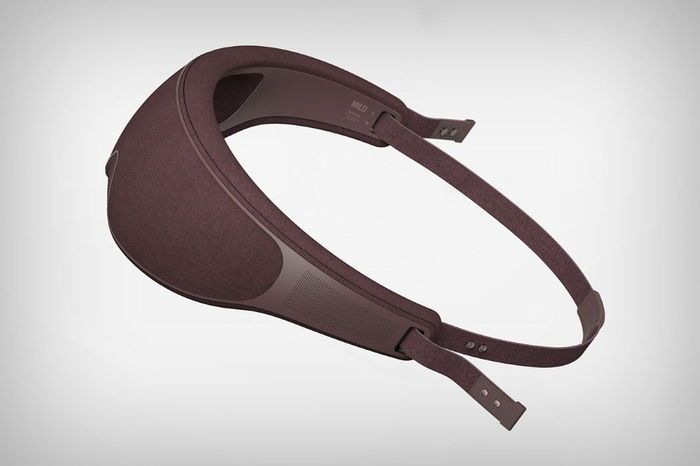
Today the battle rages on in the world of Virtual Reality, with more and more mixed reality and ever more sophisticated VR technologies.
The new generation of VR headsets work without a computer and even without a smartphone, and tomorrow? We will see the emergence of Varifocal technology (extremely wide field of view), manual scanning or eye tracking, etc., are projects still in the development stage.
Image sources : Google
Christophe WILHELM